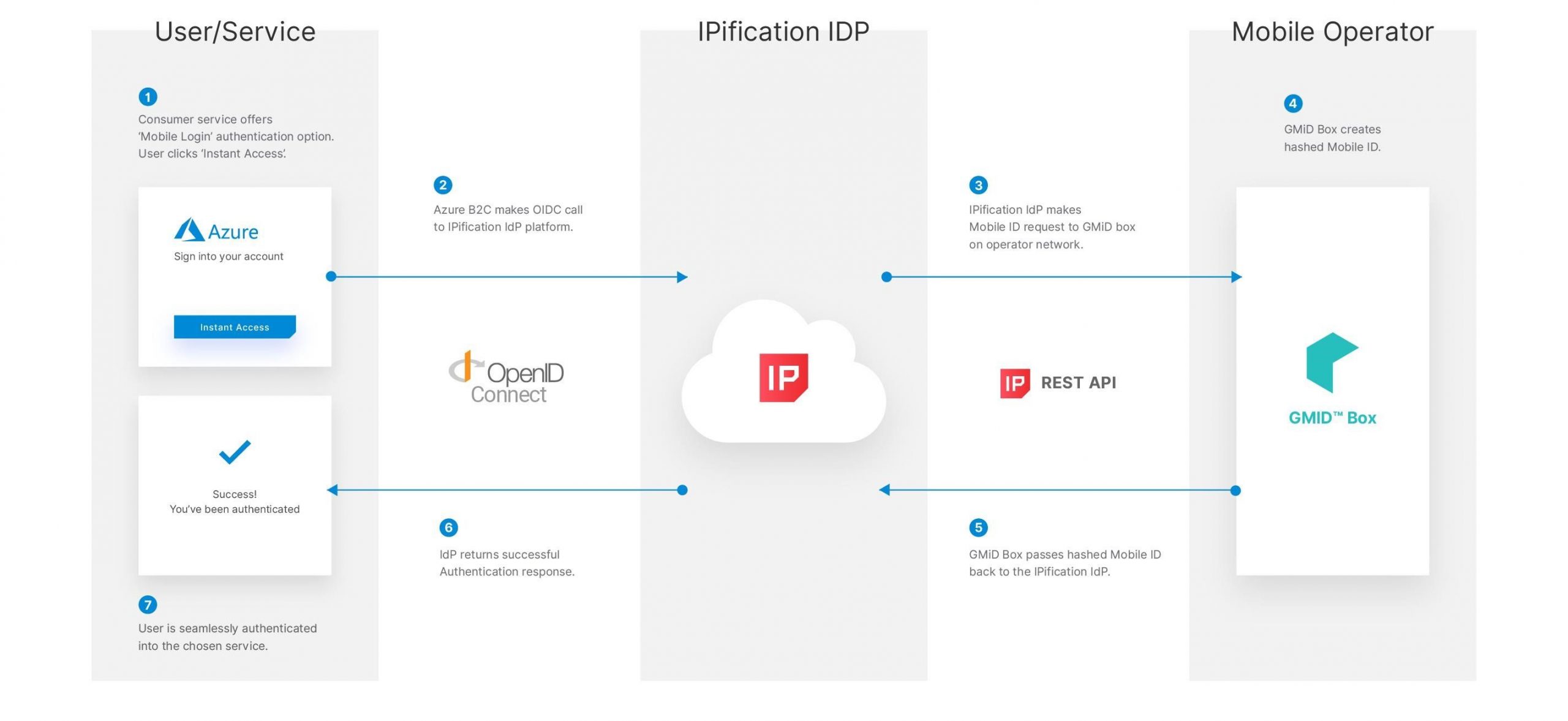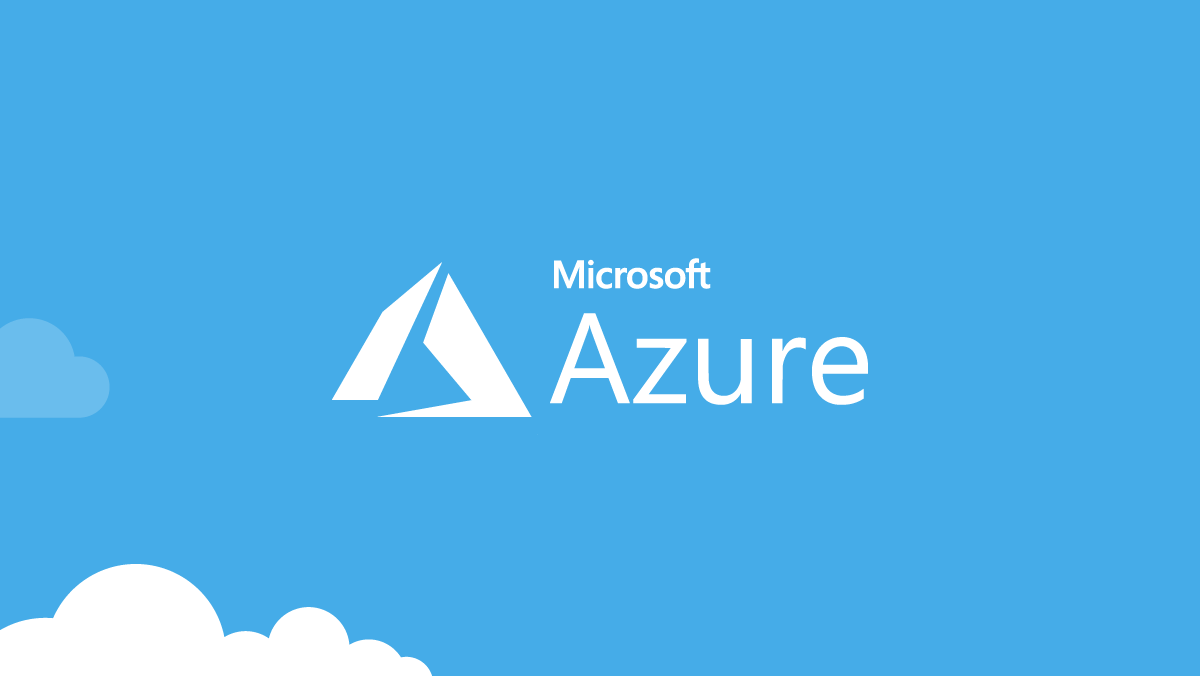IPification is available for integration via the Microsoft Azure AD B2C, making the implementation super easy for all AD B2C users.
If you’re unfamiliar with Azure AD B2C, let me take you through the basics of this platform, as well as the process of enabling IPification passwordless authentication in your mobile app registration and login flow.
If you’ve ever worked on developing a mobile app, you know how challenging choosing mobile authentication solutions is, from both the business and the development side of things.
You have to think about various aspects, from the security itself to — equally important — the user experience and privacy perspectives. However, my experience has taught me that most of the authentication options out there are “either-or” when it comes to these issues, instead of addressing all of them.
Furthermore, when you finally decide on authentication methods you want to implement into your identity system, you’re faced with another major challenge — the actual implementation. You have to devise a way to incorporate different authentication methods into your app, a process that can take both time and resources.
As of recently, our own IPification is available on the Azure AD B2C platform and ready to be turned on, if you are already using Azure’s customer identity access management platform.
What does Microsoft Azure AD B2C entail?
Identity management platform for customer-facing apps
Microsoft Azure Active Directory B2C is a customer identity access management platform for all of your customer-facing apps.
Any business that develops an app can use this platform to directly implement authentication methods and manage millions of users and billions of authentication daily requests, as well as to automatically deal with security threats.
You’ll often hear app developers who have sacrificed security for features say that this has happened because of the time and resources needed to properly ensure security, and that’s exactly where Azure AD B2C and IPification passwordless authentication for user registration and login come in handy.
Developers gain the possibility to use Azure AD as the central authentication authority, thus enabling convenient yet secure single sign-on solutions and MFA.
Most importantly, the authentication methods on Azure AD B2C are compliant with standardized authentication protocols such as OpenID Connect and OAuth 2.0, making them the most reliable authentication solutions that you can get today.
Our OpenID Connect-compliant IPification is available to any organization using Azure AD B2C.
IPification single-tap passwordless authentication explained
IPification is our seamless authentication solution that enables secure and convenient passwordless authentication, user verification, and fraud prevention.
It relies on already-existing mobile operator infrastructure to authenticate users based on HTTPS through a patented technology that we refer to as the GMID-BOX. Mobile operators simply install the GMID-BOX on their networks, enabling it to generate a hashed Mobile ID code unique to each user and each service.
This mobile ID, which contains various SIM card and device non-personal data, is used to securely and seamlessly authenticate users while preventing fraud attempts, and is able to do so continuously in the background.

IPification helps businesses move away from outdated authentication methods that rely on passwords, header enrichment, or SMS 2FA, which have been proven inefficient time and time again.
Businesses using Azure AD B2C now have the option to utilize passwordless login and registration flows with efficient fraud prevention, therefore improving user experience overall — as we have seen some of our clients do.
SuperCab, a popular Hong Kong ride-hailing app that recently implemented IPification through Azure AD B2C is already seeing significant improvements across a few different fronts.
To start with, SuperCab had been experiencing frequent fraud where customers tried to avoid paying for their fares by using fake SIM cards. However, with IPification, these customers aren’t able to use the app if their Mobile ID doesn’t match the information that the mobile operator holds about them. SuperCab was finally able to put a stop to these fraudulent activities.
Furthermore, moving away from the cumbersome 2FA technology meant that SuperCab has seen a conversion of app download to usage, as well. Instead of having to request an SMS-OTP, wait for it to arrive, and submit the code to be verified, the authentication request with IPification is sent with a single-tap or even zero-tap approach, and the user is authenticated within milliseconds.

If you’re familiar with how much users appreciate an authentication method’s ease of use, you will understand how IPification has helped increase SuperCab usage and user retention.
Their authentication process is now secure, reliable, and fast, and users recognize and appreciate this and put their trust in the app.
With Azure AD B2C, integrating IPification into your app or your MFA infrastructure couldn’t be easier. Let me quickly take you through the process.
Enabling IPification via Microsoft Azure AD B2C
Implementing IPification via Microsoft Azure AD B2C is very straightforward, especially if you’re familiar with the Azure AD platform and Identity Experience Framework.
You can consult our fully working example of IPification via Azure AD integration on GitHub to get the whole picture.
As IPification is completely integrated with Azure AD, businesses need only work on integrating the latter, thus enabling IPification in the process, along with other authentication solutions which developers might opt for in their MFA structure.
On the other hand, if you’re already using Microsoft Azure AD, it’s a matter of simply adding IPification to your mobile app authentication protocol.
Whichever the case may be, we’re here to fully support you in this process and help raise your app login and registration flow to the next level with state-of-the-art passwordless authentication your users will appreciate.
Need support on enabling IPification within Microsoft AD B2C? Contact us for more details.



